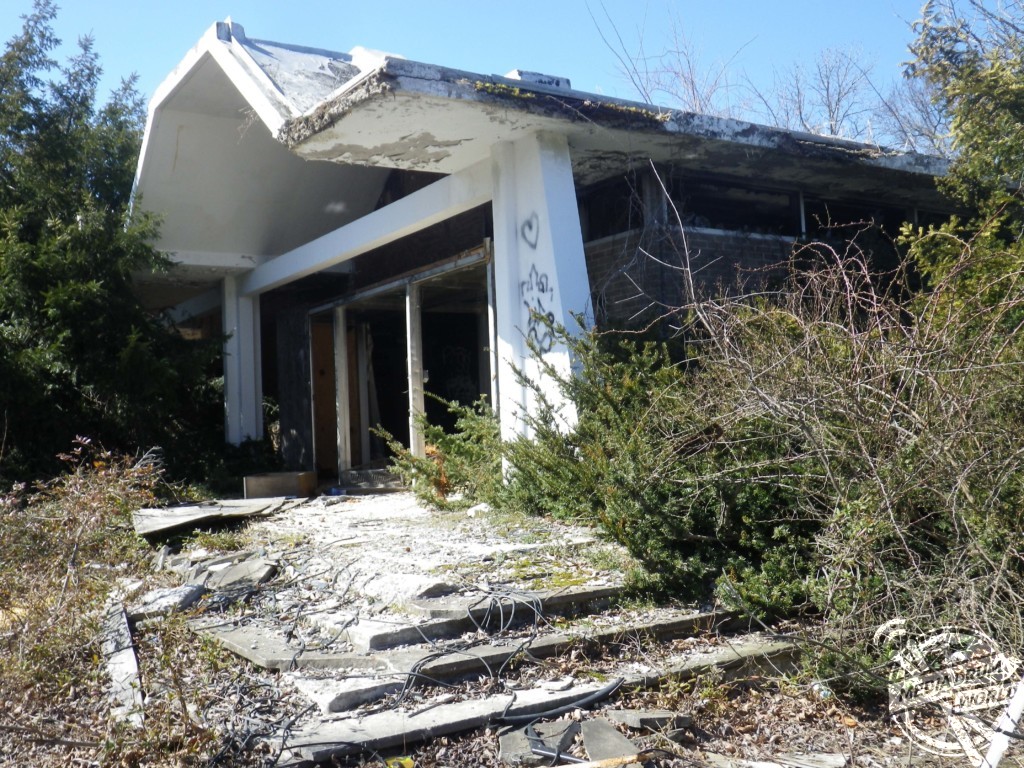By Timmy Odejimi
DISTURBING images and footage offer a glimpse into the decaying remains of a 1960s-abandoned chemical research and development facility once sued for dumping hazardous substances.
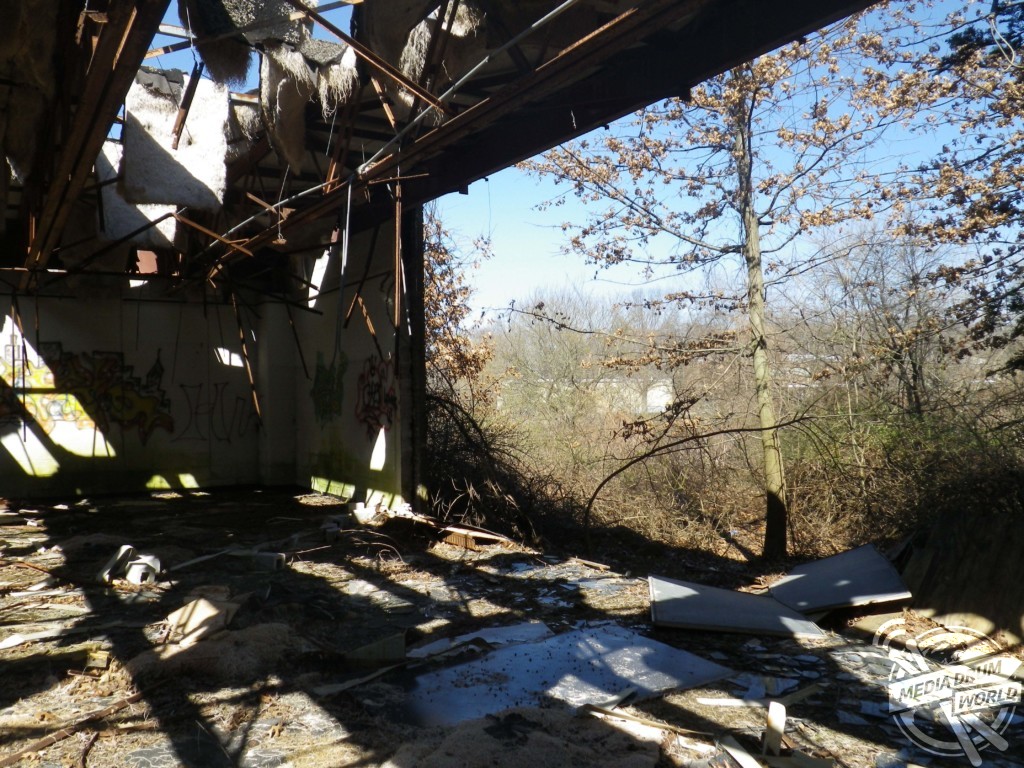
One unnerving picture shows a lab covered in rubble and filled with rusty equipment such as a laboratory recorder and chemical bottles.
Other eerie images display torn-down roofs, walls filled with mould and sprayed with graffiti, corroded doors, decaying labs, and books, documents and furniture scattered in the building’s exterior.
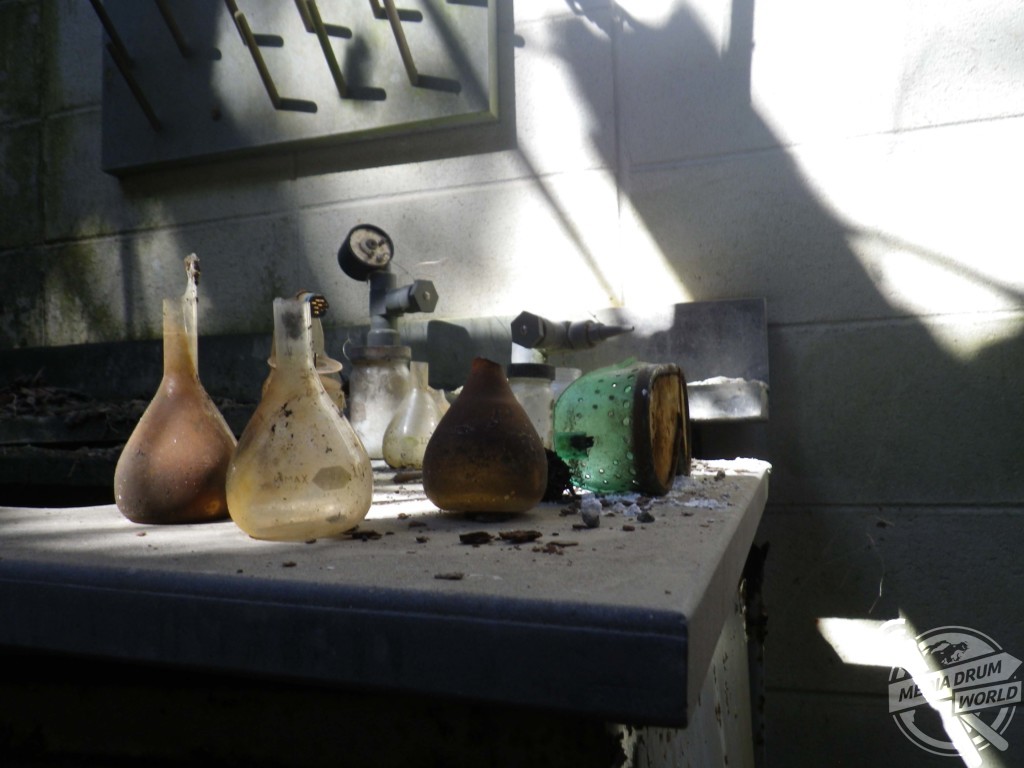
These pictures were captured in New Jersey, USA, by an urban explorer who goes by the name, The Unknown Cameraman.
“The building was constructed in the early 1960s as research labs and a manufacturing facility for National Lead Industries, Inc. paint products,” said The Unknown Cameraman.
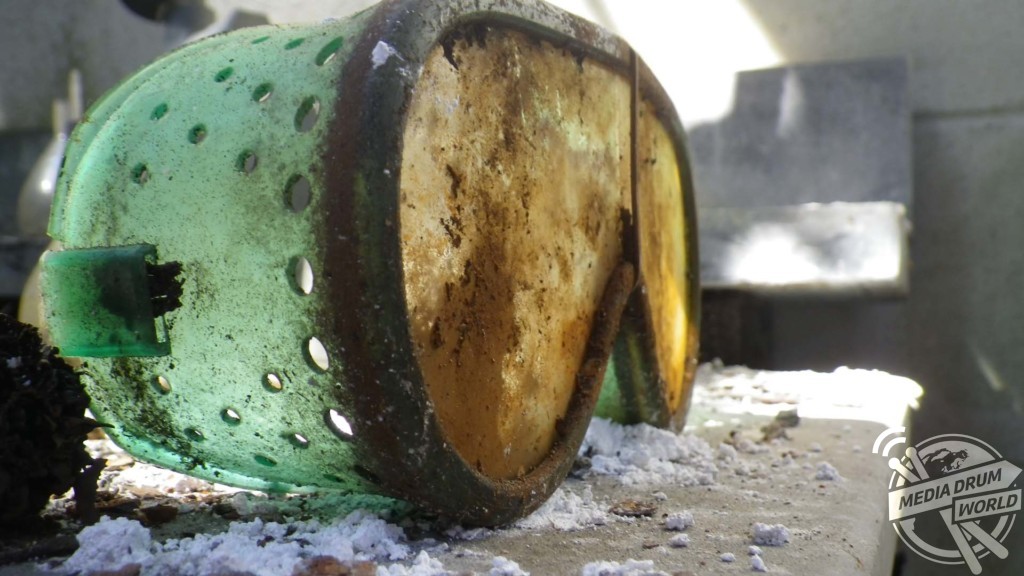
“In 2009, NL Industries was sued by environmental groups for dumping hazardous substances into the water on this site 30 years ago.
“The facility mostly focused on the applications of lead pain products at a time where lead paint was still widely used, before the dangers were well-known.
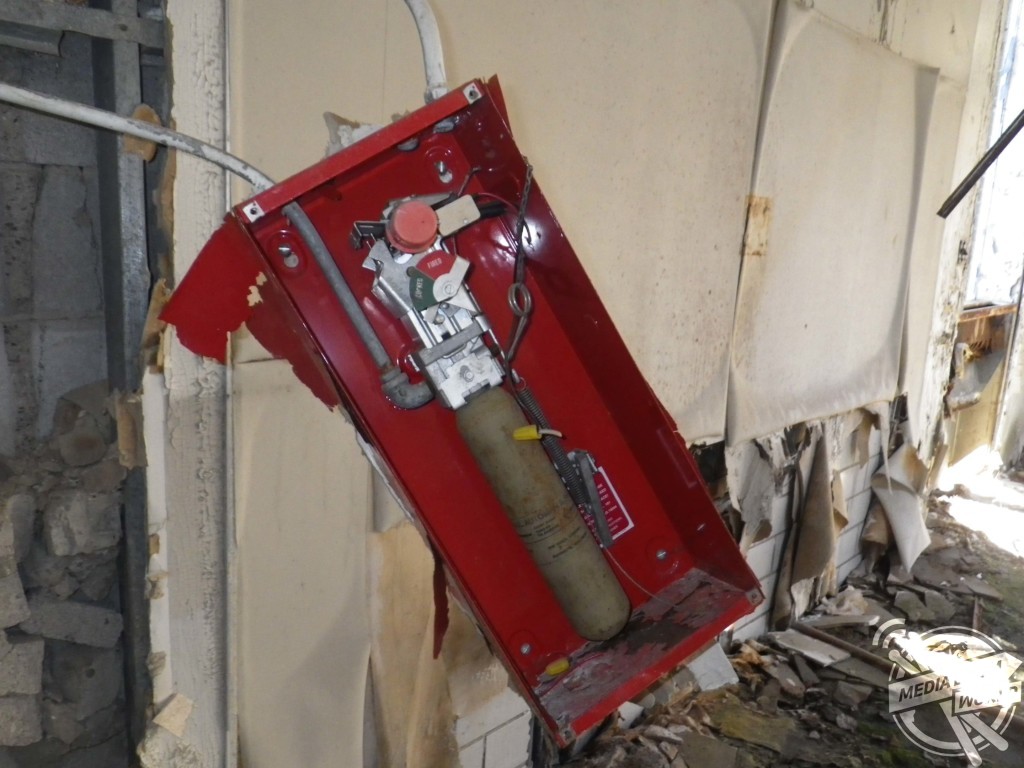
“National Lead Industries, Inc. – which is the company that owned the building – still operate today, now producing titanium dioxide for synthetic fibres.”
In 1977 lead paint was banned in all household’s paint and products after research highlighted its high toxicity.
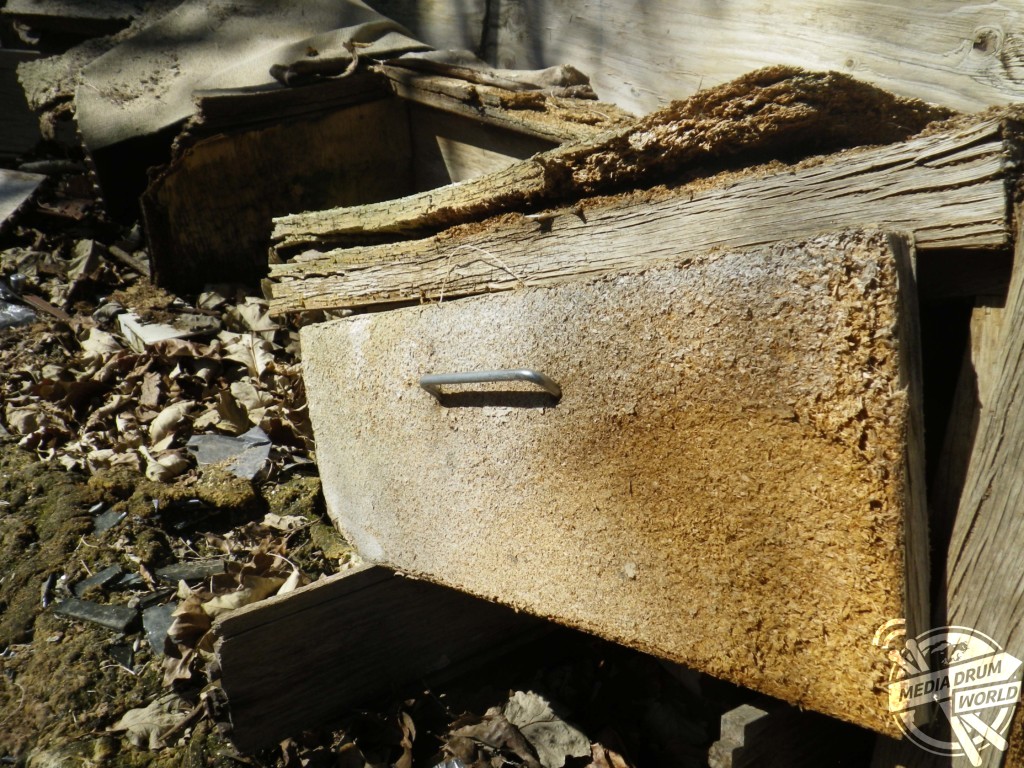
At present, the deserted facility, albeit derelict, is listed as a superfund site by the state of New Jersey due to the building being protected by the state’s Department of Environmental Protection.
“Following law passing on lead paint to be banned, the company owning the building shut down the facility,” said The Unknown Cameraman.
